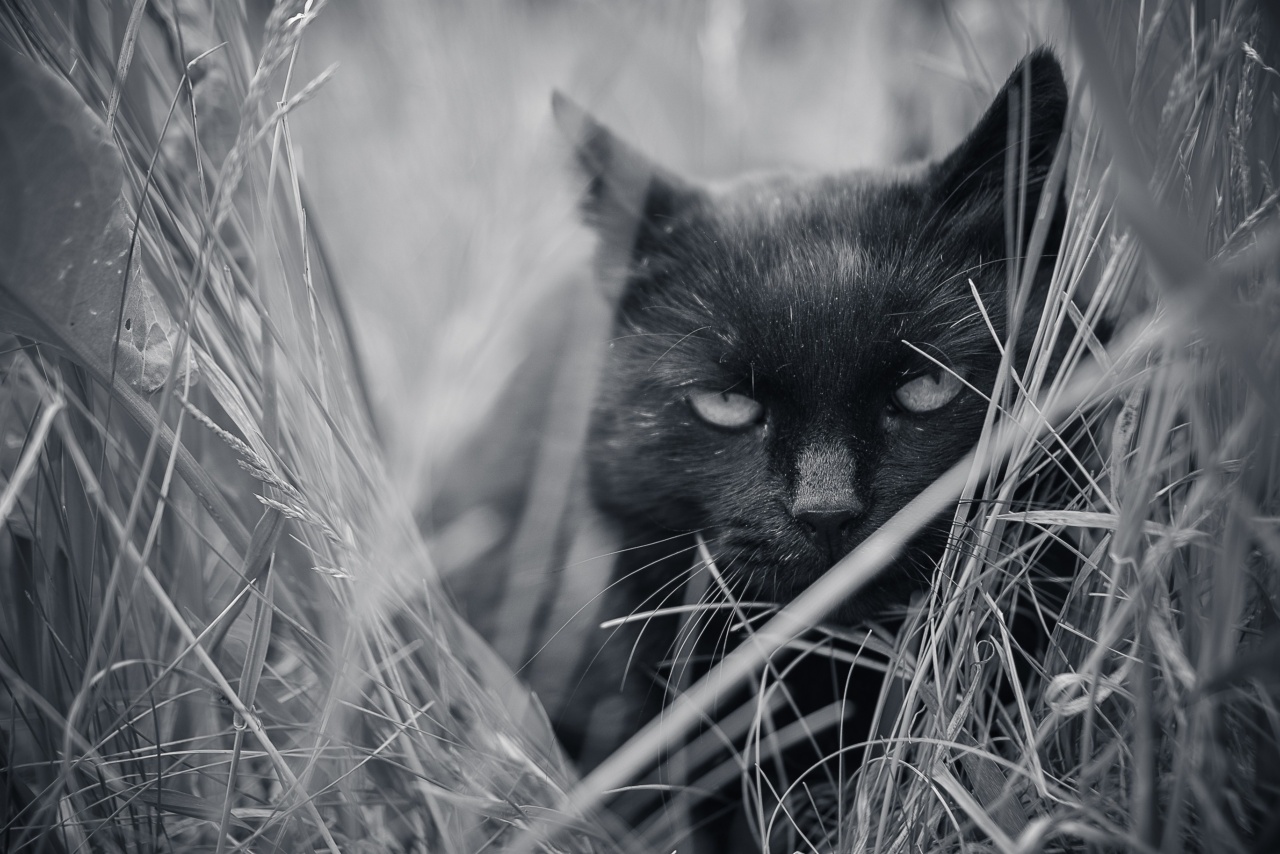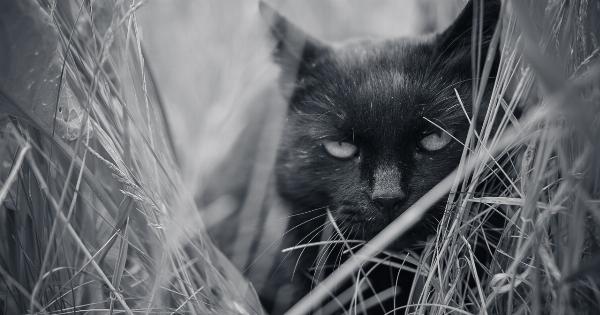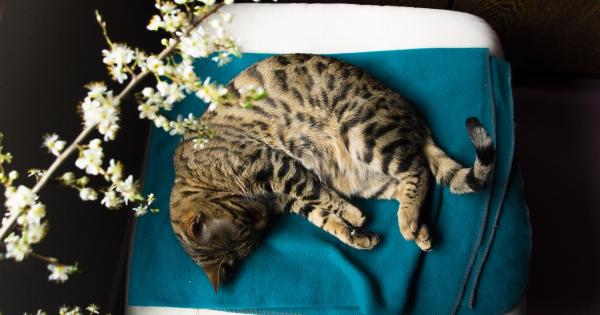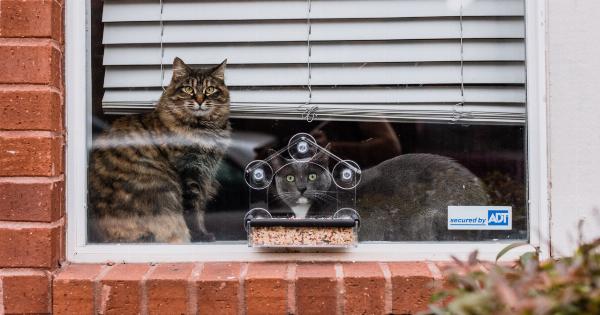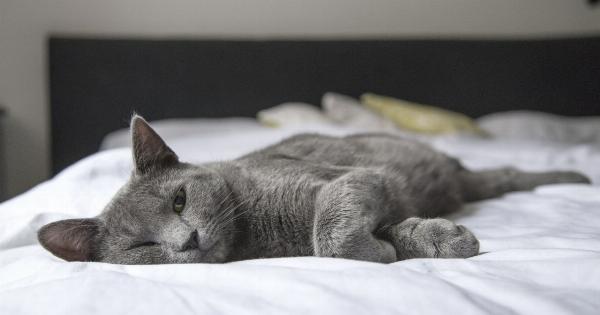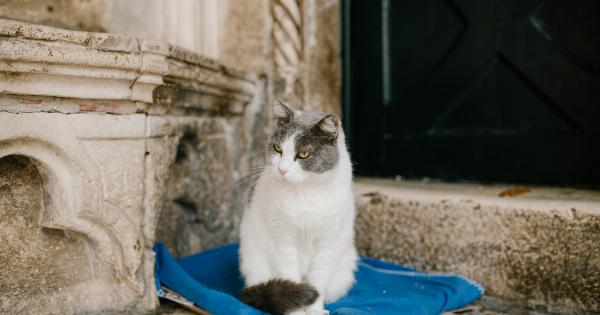Cats are one of the most popular and beloved pets worldwide. Their independent nature, playful behavior, and affectionate disposition make them wonderful companions.
However, there is a hidden danger associated with cats that many people are unaware of – the transmission of a parasitic infection called Toxoplasmosis.
Understanding Toxoplasma
Toxoplasma gondii is a single-celled parasite that is responsible for causing Toxoplasmosis. It can infect a wide range of warm-blooded animals, including humans.
However, cats are the definitive host of Toxoplasma, which means the parasite can complete its life cycle only within a feline body.
The Life Cycle of Toxoplasma
Understanding the life cycle of Toxoplasma is crucial in comprehending the role of cat behavior in its transmission. The parasite goes through several stages:.
1. Feline Infection
When a cat ingests Toxoplasma cysts from infected prey, the parasite infects the intestinal cells of the cat. Inside the cells, the parasites multiply and transform into another form called oocysts, which are subsequently shed in the cat’s feces.
2. Oocyst Shedding
Infected cats shed millions of microscopic oocysts in their feces. These oocysts can survive in the environment for extended periods, depending on the conditions, and become a potential source of infection for other animals and humans.
3. Intermediate Host Infection
When an intermediate host, such as a rodent or bird, accidentally ingests the oocysts present in contaminated soil, water, or food, the parasite can infect the host.
Inside the new host’s body, Toxoplasma multiplies and forms cysts in various tissues.
Transmission to Humans
Humans can become infected with Toxoplasma in several ways, including:.
1. Ingesting Raw or Undercooked Meat
If meat from an infected intermediate host (e.g., lamb, pork, or venison) is consumed undercooked, the cysts containing Toxoplasma can survive and infect the person consuming the meat.
2. Accidental Ingestion of Oocysts
Ingestion of oocysts from contaminated soil, water, or surfaces (such as unwashed fruits and vegetables or kitchen utensils) can also lead to infection.
The Role of Cat Behavior
While other animals and environmental factors play a significant role in the transmission of Toxoplasma, cat behavior is crucial in maintaining the parasite’s life cycle and spreading the infection.
The following cat behaviors contribute to the transmission:.
1. Hunting and Eating Prey
Cat owners are well aware of their pet’s innate hunting instincts. Cats often hunt small animals, such as rats, mice, birds, or insects.
When a cat successfully catches and consumes an infected prey, it becomes a new link in the Toxoplasma life cycle, potentially shedding millions of oocysts in its feces.
2. Outdoor Roaming
Cats that are allowed to roam freely outdoors are more likely to inadvertently come into contact with Toxoplasma-contaminated soil, feces, water, or prey. This increases the risk of infection and subsequent transmission.
3. Litter Box Hygiene
Proper litter box hygiene is essential in preventing the spread of Toxoplasma. Cat owners must regularly clean and dispose of their cat’s feces properly.
If the litter box is not maintained regularly, the oocysts can contaminate the surrounding environment and pose a risk to both the cat and humans.
Precautions for Cat Owners
Although cats play a significant role in Toxoplasma transmission, cat owners can take several precautions to reduce the risk:.
1. Feeding Commercial Cat Food
Feeding cats a well-balanced commercial diet eliminates the need for them to hunt for their food. This reduces their exposure to potential Toxoplasma-infected prey.
2. Keeping Cats Indoors
Keeping cats indoors can greatly reduce their chances of encountering Toxoplasma oocysts or infected prey. It also minimizes the risk of exposure to other infectious diseases and potential accidents.
3. Hygienic Practices
Cat owners should practice good hygiene by washing hands thoroughly after handling cat litter, soil, or raw meat. This helps reduce the risk of accidental ingestion of oocysts and subsequent infection.
Conclusion
The role of cat behavior in Toxoplasma transmission should not be overlooked. While cats are not the sole culprits, their hunting behavior, outdoor roaming, and litter box hygiene can contribute to the spread of the parasite.
By understanding these factors and adopting necessary precautions, cat owners can help protect both themselves and their feline companions from Toxoplasmosis.
